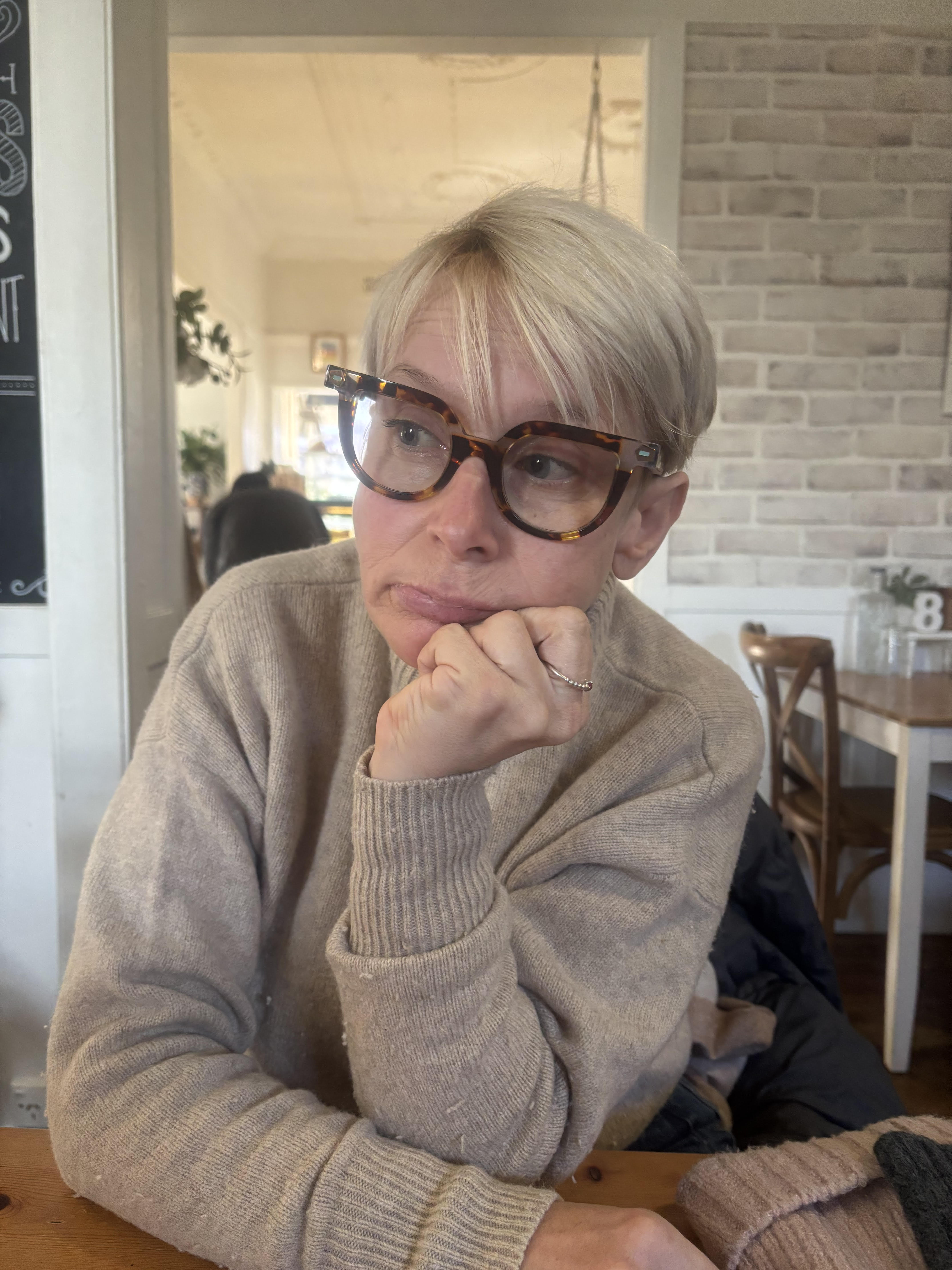27 August 2025
By Fiona Bridger – Achieve Australia Researcher and Writer
In families where a child lives with a disability, chronic illness or mental health condition, so much love, attention and energy is understandably devoted to that child’s needs. The medical appointments, therapies, emotional support and daily care often require everything parents can give and more. However, there is someone else in the room watching from the sidelines, helping quietly, adjusting constantly – the sibling. This is the glass child.
The term “glass child” doesn’t mean these children are fragile. Most are incredibly strong. The term, popularised by Alicia Maples in a powerful TEDx talk, refers to how these children are often seen through. Their presence in the family is real but their needs, feelings and milestones are sometimes invisible, not because parents don’t love them but because the urgent often drowns out the important.
I encourage anyone reading this to watch Alicia’s talk. It is raw and heartbreaking. At one point, she shares a vivid memory from her childhood: “There wasn’t anything I owned that he did not somehow break.” She describes how her brother Mario, who had autism, would wreck her toys and bite their parents and how amongst the chaos she often felt unseen. Her story is not about blame but about the quiet grief and frustration so many glass children carry silently.
Glass children grow up beside siblings who need high levels of care, physically, emotionally or both. Their brother or sister might have cerebral palsy, autism, epilepsy or a severe mental illness. In these homes, life often feels like a balancing act on a tightrope, crisis management, emotional triage and doing whatever it takes to get through the day. No matter how deeply they love, parents can become consumed by the demands placed on them and in the background, the glass child learns to adapt without asking for much.
Many learn early to self-regulate. They try not to “rock the boat” and they become the easy one, the high achiever, the helper, the child who always says, “I’m fine.” Often, they are praised for being so independent and mature but behind that praise is often an unspoken pain, buried emotions, needs minimised and a quiet sense that they must earn their place by never causing extra stress.
I’ve seen this firsthand. I’m an only child and a child with a disability. My parents worked incredibly hard to help me thrive. I was their focus, and they never gave up on me. I’ve had friends who are glass children, and I’ve watched them lovingly support their siblings, protect them and stand by them with fierce loyalty, yet sometimes, I saw the tired smile, the unspoken sorrow of being the one in the background. Not ignored but not fully seen.
What often remains hidden are the emotional echoes of growing up this way. Many glass children carry invisible burdens:
-
Guilt - for being healthy or for feeling frustrated.
-
Suppressed emotions - sadness, jealousy, anger and confusion.
-
Perfectionism - the need to succeed, to make up for what they feel is lacking in their family.
-
Isolation - because it’s hard to explain what life is like at home.
-
The need to protect everyone - taking on emotional roles far beyond their years.
Books have been written about glass children, but do we really sit with their stories? In My Sister’s Keeper, protagonist Anna Fitzgerald shares a line that hits with heartbreaking precision:
“As we got older, I didn’t seem to exist, except in relation to her.”
This line encapsulates what so many glass children feel, defined not by who they are but by who their sibling is.
Further deepening this understanding, a participant in the 2022 study Glass Children: The Lived Experiences of Siblings of People with a Disability or Chronic Illness by Hanvey, Malovic, and Ntontis described a moment after their mother passed away:
“Nobody really asked me anything. Like when my mum actually died, everyone just kept asking me how my sister was coping, nobody actually asked me how I was.”
This heartbreaking reflection shows that even in times of grief, the glass child’s needs are often eclipsed.
As these children grow into adults, the effects linger. Many become deeply empathetic, highly resilient, and incredibly compassionate. Some go on to become nurses, social workers, psychologists in roles where their sensitivity becomes a strength. However, this beautiful growth can come with emotional costs; difficulty setting boundaries, low self-worth, fear of being a burden, and burnout from always putting others first.
It’s important to say that the glass child experience is not only one of sadness. Many speak with deep love and admiration for their sibling. They’ve learned patience, unconditional loyalty and what it means to stand by someone through life’s storms. The beauty and the burden coexist, and both deserve to be acknowledged.
The good news is that awareness is growing. More families, educators and professionals are recognising the emotional needs of all siblings, not just the one who is struggling outwardly. Community programs, support groups and sibling-specific services are beginning to create safe spaces where glass children can speak, be heard and feel validated.
Social media, blogs, memoirs and online forums are also giving voice to these once “invisible children”. Teens and adults are coming forward to say “I was there, and I mattered too.”
Let’s listen to them and remember that in every family, every child deserves to feel seen. Not just the one with the diagnosis and not just the one who requires the most help but also the one who learned early how to be quiet, helpful and strong even when their heart was heavy.
Sometimes the strongest hearts are the ones we almost missed.
Explore more topics
- Accessibility
- inclusion
- disability
- belonging
- Achieve Australia
- The Sewing Basket
- Employment
- disability employment
- Accessible
- Community
- NDIS
- 2022
- Advocacy
- Meet our Achievers
- blog
- people with disability
- travel
- women with disability
- Art
- Australia
- COVID-19
- Celebrating people we support
- Disability services
- Good nutrition
- Health tips
- Mental wellbeing
- My Life My Say
- NDS
- Sharing milestones
- Sydney
- achievable
- assistance dogs
- depression
- disability communications
- disability inclusion
- election
- employee of the year
- intellectual disability
- motherhood
- pregnancy
- social inclusion
- support workers

